The Stranger Things - IT Connection: What Stephen King Said
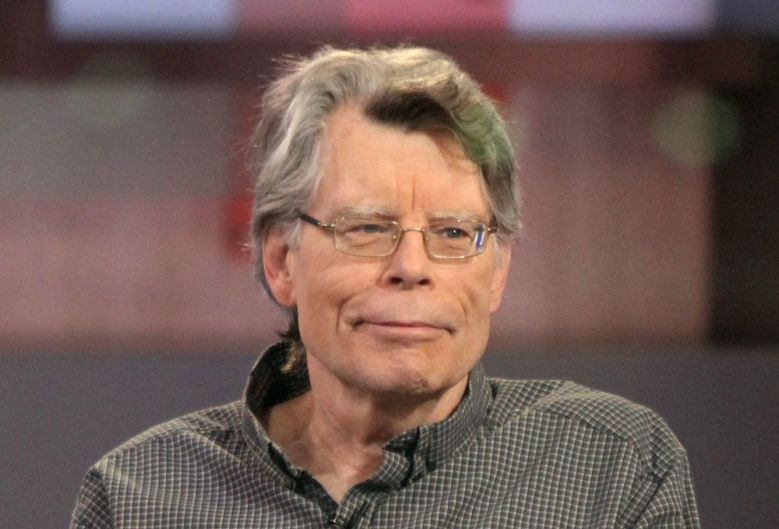
Table of Contents
Shared Thematic Elements: Childhood Trauma and the Power of Friendship
Both Stranger Things and IT share a deep exploration of childhood trauma and the power of friendship in overcoming fear. These core themes resonate deeply with audiences, making both stories enduringly popular.
-
Childhood Trauma as a Catalyst: In Stranger Things, the characters grapple with the disappearance of Will Byers, a traumatic event that shapes their experiences and fuels their determination to find him. Similarly, the children in IT confront their own individual traumas, including bullying, abuse, and neglect, which Pennywise expertly exploits. This shared emphasis on the lasting impact of childhood trauma adds a layer of emotional depth to both narratives.
-
The Strength of Friendship: The close-knit group of friends in both Stranger Things and IT provides a crucial source of support and strength against the terrifying forces they face. Their loyalty and unwavering commitment to each other are essential to their survival and their ability to confront their fears. This powerful theme of friendship emphasizes the importance of human connection in the face of adversity, a common thread running through both works.
-
Small Town Setting Amplifies Horror: Both narratives effectively utilize the seemingly idyllic setting of a small town to heighten the sense of unease and amplify the horror. The familiar and comforting backdrop becomes a site of terrifying encounters, emphasizing the vulnerability of the characters and intensifying the impact of the supernatural elements. The comforting familiarity of these small-town settings contrasts starkly with the underlying terror, creating a unique and unsettling atmosphere.
-
Coming-of-Age Amidst Horror: Central to both stories is the coming-of-age journey of the protagonists. The children’s experiences with the supernatural forces they confront profoundly impact their growth and development. They learn about courage, resilience, and the importance of facing their fears, all while navigating the complexities of adolescence. This blending of coming-of-age narrative with horror elements creates a unique and resonant experience for the audience.
Similar Monster Archetypes: The Shape-Shifting Evil
The monstrous antagonists in Stranger Things and IT share striking similarities, particularly in their shape-shifting abilities and their exploitation of psychological vulnerabilities.
-
The Demogorgon and Pennywise: Masters of Fear: The Demogorgon from Stranger Things and Pennywise the Dancing Clown from IT both embody powerful, shape-shifting entities that prey on the fears of their victims. They aren't simply physical threats; they are psychological horrors that exploit the deepest anxieties of their targets.
-
Exploiting Psychological Weaknesses: Both monsters are masters of manipulation, using their ability to change form to target individual fears and insecurities. This psychological element amplifies the terror, making the monsters far more frightening than mere physical threats. They become manifestations of the characters' deepest anxieties.
-
Adaptability and Transformation: The monsters’ ability to adapt and transform makes them particularly terrifying and difficult to defeat. This constant evolution keeps the audience on edge, highlighting the unpredictable nature of the supernatural forces at play. Their adaptability reflects the ever-changing nature of fear itself.
-
Fear as a Weapon: Both the Demogorgon and Pennywise use fear as their primary weapon, making their presence profoundly impactful and terrifying. They don't simply attack; they instill dread and paranoia, breaking down the psychological defenses of their victims before striking.
Stephen King's Acknowledgement (or Lack Thereof): A Direct Quote Analysis
While Stephen King hasn't explicitly commented on the Stranger Things - IT comparisons in a widely publicized statement or interview, his silence doesn't negate the obvious thematic and stylistic similarities. A thorough search of reputable news sources, interviews, and Stephen King’s own social media reveals no direct quotes from the author explicitly referencing Stranger Things in relation to IT. This lack of direct comment leaves room for speculation and interpretation. However, given the immense success of Stranger Things and its clear homage to 80s horror, it's plausible that he's aware of the comparisons.
Furthermore, the creators of Stranger Things, the Duffer Brothers, have openly acknowledged their debt to classic horror films and literature of the 1980s, though they have not explicitly linked Stranger Things to IT as a direct influence. The general atmosphere and stylistic choices, however, certainly speak to a common influence.
The Duffer Brothers' Inspiration
The Duffer Brothers have frequently cited Stephen King as a major influence on their work, alongside other classic horror directors and writers. While they may not have specifically pointed to IT as a direct inspiration for Stranger Things, the thematic and stylistic similarities suggest a strong connection. Their approach to creating suspense, building tension, and crafting relatable child protagonists certainly aligns with King's style.
Conclusion
While Stephen King hasn't publicly commented on the Stranger Things - IT connection, the thematic and stylistic similarities are undeniable. Both narratives effectively tap into primal fears, utilizing powerful monsters and the vulnerability of children to create compelling and terrifying stories. The shared elements of childhood trauma, the strength of friendship in the face of adversity, and the use of shape-shifting monsters demonstrate a clear lineage of horror storytelling. The success of Stranger Things arguably serves as a testament to the enduring power and influence of Stephen King's work.
Have you noticed other similarities between Stranger Things and IT? Share your thoughts on the connection in the comments below! Let's continue the discussion about the undeniable influence of Stephen King's work on this modern horror masterpiece. What other Stephen King adaptations have you seen, and what similarities can be drawn between his work and Stranger Things?

Featured Posts
-
 New Show Could Spoil Roman Fate Season 2 Is It Worth Watching Streaming Details Inside
May 09, 2025
New Show Could Spoil Roman Fate Season 2 Is It Worth Watching Streaming Details Inside
May 09, 2025 -
 Nyt Strands April 12th Solutions Game 405
May 09, 2025
Nyt Strands April 12th Solutions Game 405
May 09, 2025 -
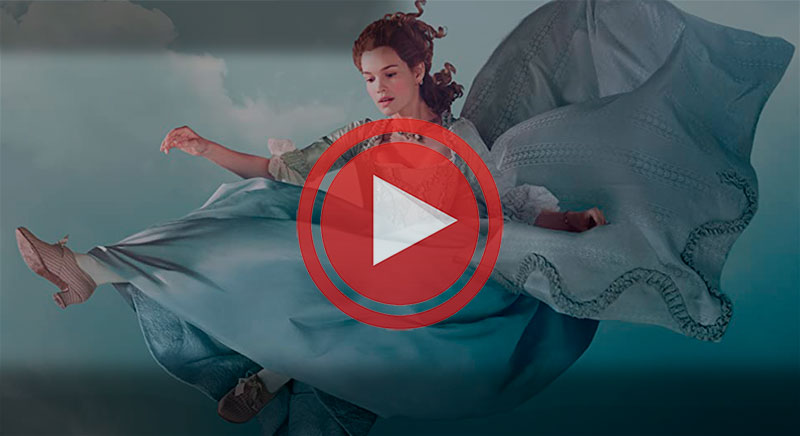 Unian Makron I Tusk Podpishut Strategicheskoe Soglashenie Mezhdu Frantsiey I Polshey
May 09, 2025
Unian Makron I Tusk Podpishut Strategicheskoe Soglashenie Mezhdu Frantsiey I Polshey
May 09, 2025 -
 Solve Nyt Strands Game 376 Hints And Answers March 14
May 09, 2025
Solve Nyt Strands Game 376 Hints And Answers March 14
May 09, 2025 -
 Analyzing The Change In Elon Musks Net Worth During Trumps Initial 100 Days
May 09, 2025
Analyzing The Change In Elon Musks Net Worth During Trumps Initial 100 Days
May 09, 2025
Latest Posts
-
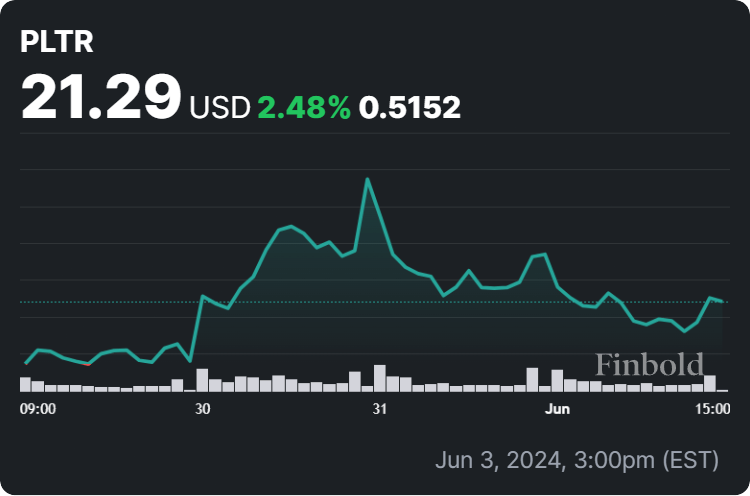 Palantir Stock Forecast Analysts Revise Amid Recent Rally
May 10, 2025
Palantir Stock Forecast Analysts Revise Amid Recent Rally
May 10, 2025 -
 Predicting The Future Palantir Nato And The Transformation Of Public Sector Ai
May 10, 2025
Predicting The Future Palantir Nato And The Transformation Of Public Sector Ai
May 10, 2025 -
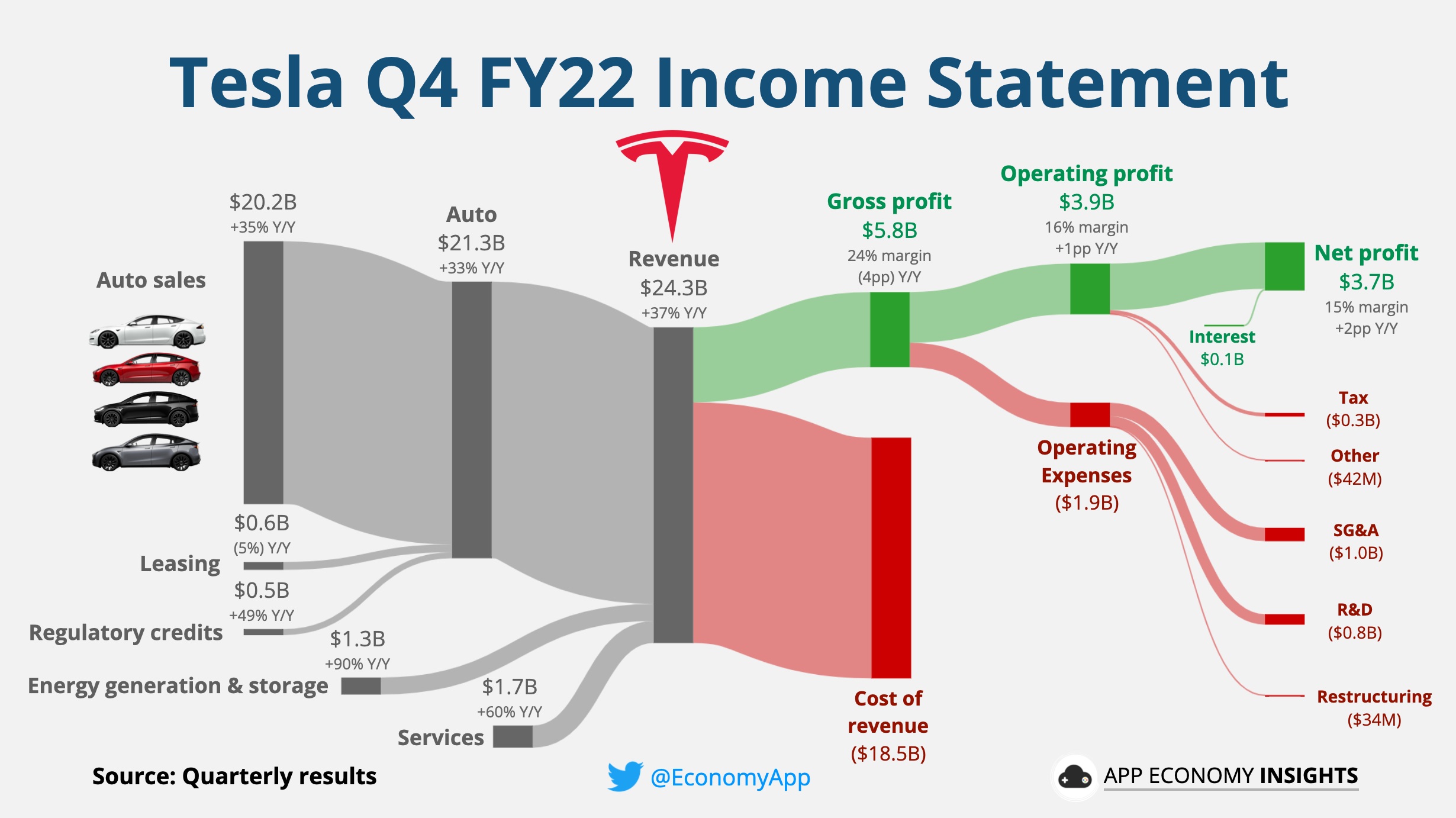 Palantirs Q1 2024 Earnings A Deep Dive Into Government And Commercial Growth
May 10, 2025
Palantirs Q1 2024 Earnings A Deep Dive Into Government And Commercial Growth
May 10, 2025 -
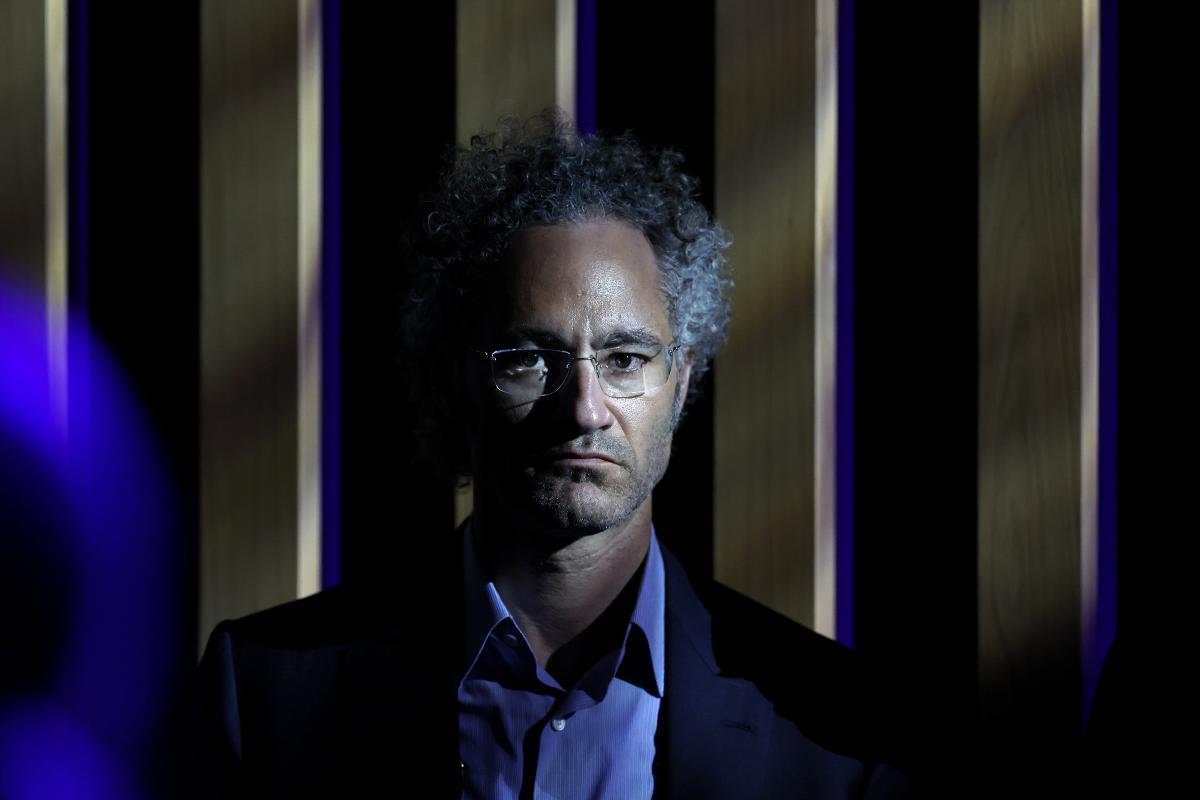 How Palantirs Nato Partnership Will Change Public Sector Ai Prediction
May 10, 2025
How Palantirs Nato Partnership Will Change Public Sector Ai Prediction
May 10, 2025 -
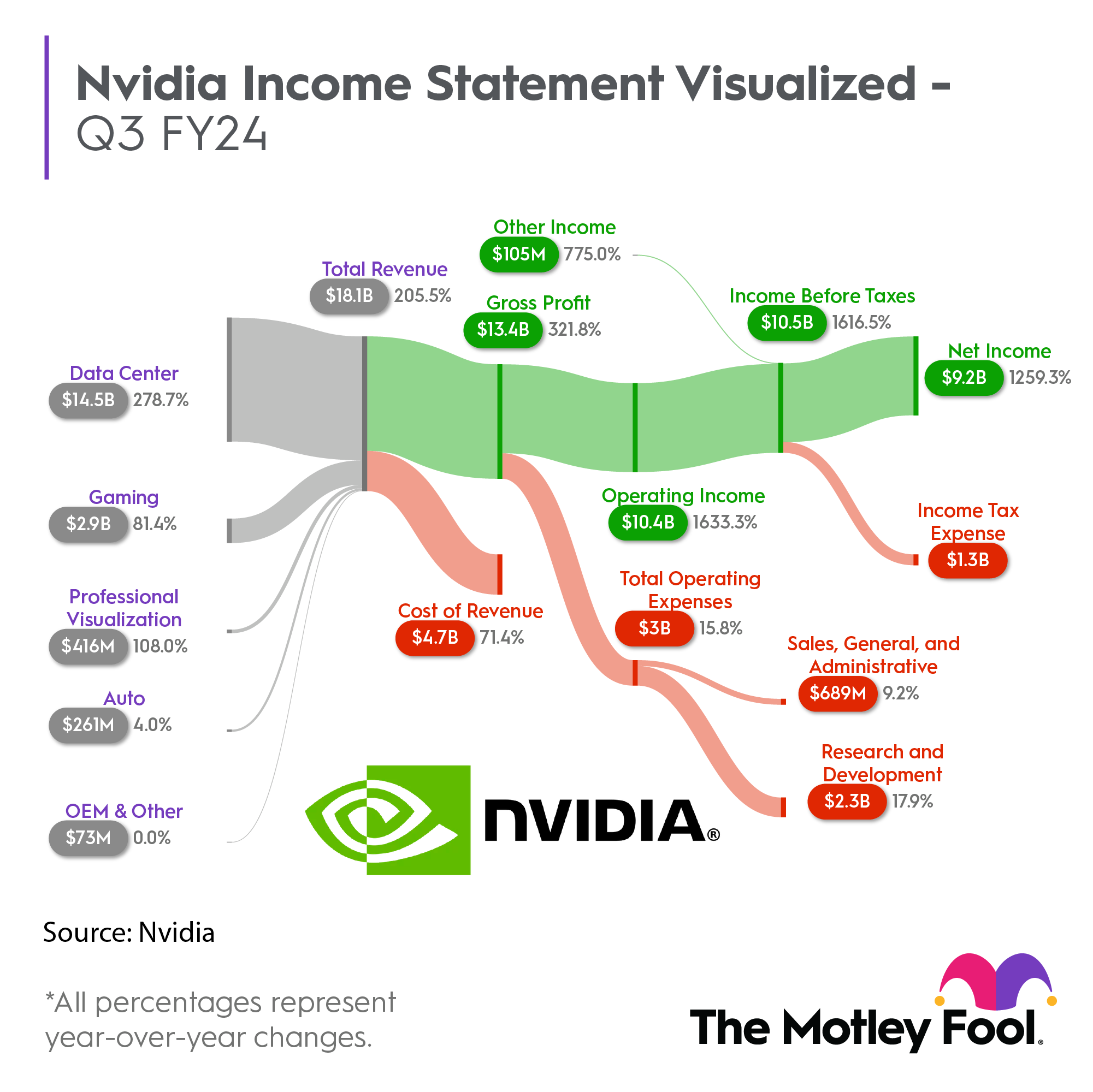 Palantir Stock Forecast Analyzing Q1 2024 Government And Commercial Revenue
May 10, 2025
Palantir Stock Forecast Analyzing Q1 2024 Government And Commercial Revenue
May 10, 2025
